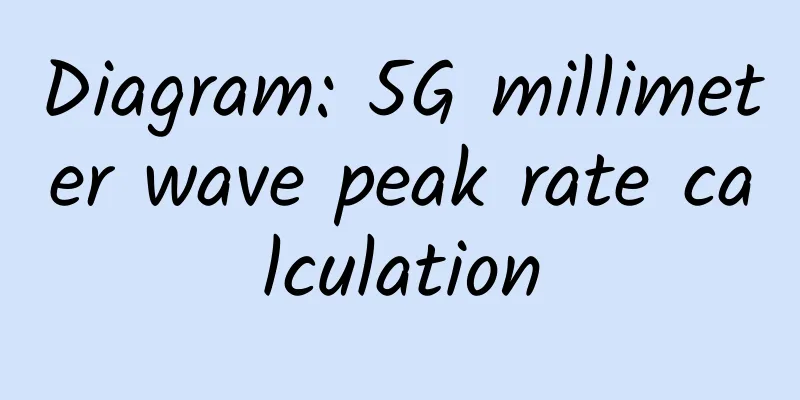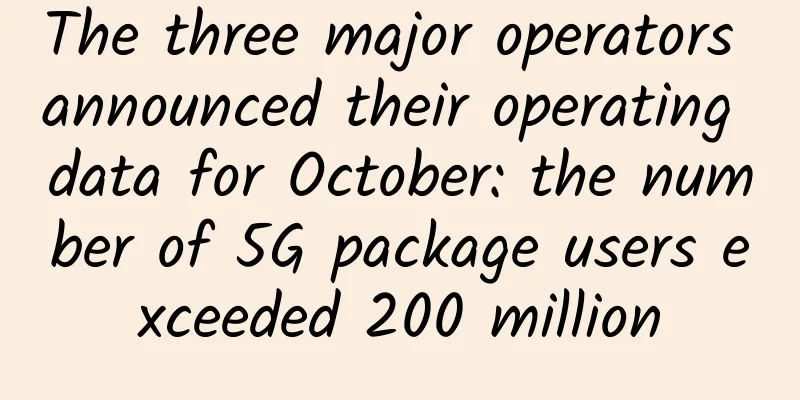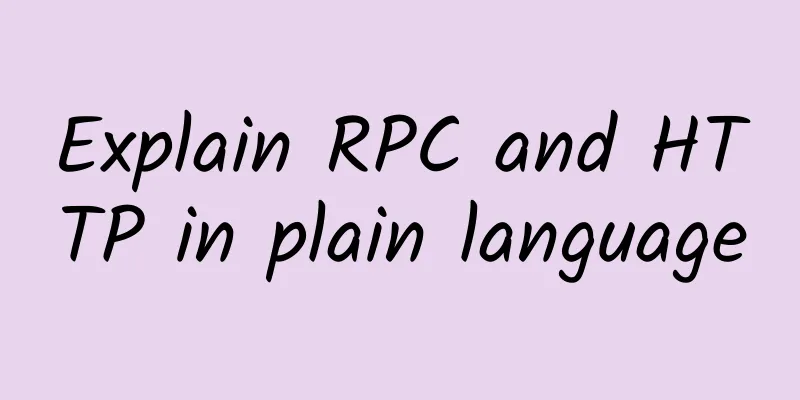Diagram: 5G millimeter wave peak rate calculation

|
This article is reprinted from the WeChat public account "Wireless Deep Sea", written by Fei Caicai. Please contact the Wireless Deep Sea public account to reprint this article. 5G can provide very high Internet speeds, so it is often compared to a highway. In this issue, let’s refine this analogy and see which factors affect the efficiency of road transportation and how to restore these factors to the 5G rate calculation. Today's highway system is already very complex, involving multiple layers of traffic, multiple lanes, lane directions, vehicle capacity, cargo packaging, drivers and other factors that can affect the road's capacity. Multi-layer transportation
Modern highways are often elevated, with interchanges, one after another, which greatly improves the traffic capacity and efficiency. This interchange in Chongqing is a wonder that makes people cry. It has 5 layers and 12 ramps, a total of 12 stories high, and can be called a model of three-dimensional multi-layer transportation. This kind of multi-layer traffic is equivalent to 5G's "multi-layer transmission". In fact, it is the ability of mobile phones and base stations to send and receive multiple data simultaneously using the same resources, also known as MIMO (multiple-input, multiple-output). As can be seen from the figure below, the capabilities of mobile phones are different in different frequency bands. On China's mainstream 5G frequency bands of 3.5GHz or 2.6GHz, mobile phones can support 4-way reception and 2-way transmission; millimeter wave bands are second, supporting 2-way reception and 2-way transmission; low frequencies like 700M have good coverage, but mobile phones only support 2-way reception and 1-way transmission. Vehicle capacityIn the above figure, there is also a "modulation order", which is equivalent to the capacity of vehicles on the road. The higher the modulation order, the larger the carriage, and the more bits can be carried at the same time. 5G uses QAM (quadrature amplitude) modulation, using different phases and amplitudes of the signal to represent different data. The figure below is a diagram of 16QAM. It can be seen that each point can represent different 4 bits of data depending on the amplitude and phase. In practical applications, 64QAM or 256QAM is mostly used. Under 64QAM, the modulation order is 6, and 6 bits of data can be sent at the same time, with a total of 64 (2 to the power of 6) combinations of 0 and 1; similarly, 256QAM can send 8 bits of data at the same time, with a total of 256 (2 to the power of 8) combinations of 0 and 1. Multi-lane (lane direction)The allocation of lane directions can also affect the transportation efficiency of roads. For example, sometimes there is dense traffic in one direction, while there is no traffic in the other direction, which is equivalent to only half of the road being used. Tidal lanes need to be introduced to optimize the situation. As can be seen from the above figure, the tidal lane has different traffic directions in different time periods to adapt to the changes in traffic in different directions. Similarly, 5G mainly adopts TDD (time division duplex) mode, which allocates different time lengths for uploading and downloading according to business needs, so as to optimize resource utilization. Below we use three typical frame structures of millimeter waves to illustrate TDD's flexible allocation of uplink and downlink resources. In the frame structure in the figure below, 0.625 milliseconds is a cycle, which contains multiple downlink time slots (D) and uplink time slots (U), as well as a special time slot (S) for uplink and downlink conversion. Generally speaking, when people surf the Internet, whether browsing Weibo or watching movies, they mainly download content, and rarely upload content. This corresponds to frame structure option 1, which is the most common frame structure: downlink accounts for 77% of the time, and uplink accounts for about 23%. However, for high-definition video surveillance applications that mainly upload videos, frame structure option 1 is obviously not suitable, so option 2 is needed: the downlink time accounts for 35% and the uplink accounts for about 65%. Similarly, for applications such as remote video conferencing that have both downloading and uploading, and the bandwidth requirements of the two are similar, it is necessary to allocate the uplink and downlink time more evenly. This requires the use of frame format option 3: the downlink time accounts for 56%, and the uplink accounts for about 44%. Highways generally have multiple lanes, and different vehicles can run side by side on different lanes. 5G is no exception, dividing its frequency bandwidth into multiple small units: subcarriers. The smallest unit consisting of a subcarrier in the frequency domain and a symbol in the time domain is called a resource unit. The product of the frequency interval of a resource unit and the time slot length is a constant, so the smaller the subcarrier interval, the longer the time slot length; the larger the subcarrier interval, the smaller the time slot length. 5G low-frequency generally uses 15KHz subcarrier spacing, and each time slot is 1 millisecond long; medium-frequency generally uses 30KHz subcarrier spacing, and each time slot is 0.5 milliseconds long; millimeter wave uses 120KHz subcarrier spacing, and each time slot is only 0.125 milliseconds long. Therefore, millimeter wave can support lower air interface latency. The subcarrier unit is too small, so 5G packages 12 subcarriers together and calls it a resource block (RB). As can be seen from the table below, the maximum system bandwidth of 5G medium frequency is 100M, including 273 resource blocks; the maximum system bandwidth of millimeter wave is 400M, including 264 resource blocks. Although the resource block of millimeter wave is slightly smaller than that of intermediate frequency, its time slot length is much shorter, only one-fourth of that of intermediate frequency. Therefore, the efficiency of transmitting data in the same time is much higher, and the upload and download speeds are still greatly improved. Cargo PackagingIn road transportation, goods need to be packaged and protected with foam to prevent them from being damaged by bumps. Therefore, even if the carriage is fully filled, there will always be a part that is "useless". 5G is no exception. Channel coding needs to add some redundancy to the data for error detection and correction. The current maximum coding rate supported by the 5G protocol is 0.92578, which means that at most 92.578% of the transmitted data is useful. Driving driverIn addition, there must be a driver to drive, and the space occupied by the driver cannot be used to transport goods, so this part of the cost must be paid. For 5G, some resource units are used as control channels and cannot be used to send data. The resources used by these system controls are called "overheads". The theoretical overhead of 5G low-frequency and medium-frequency downlink is 14%, and the uplink is 8%; the downlink overhead of millimeter waves is 18%, and the uplink is 10%. Millimeter wave computing (example)With the above information, we can calculate the 5G peak rate that the mobile phone can achieve. Assuming a 400M bandwidth millimeter wave and frame structure option 1 as the main downlink, we can calculate: download rate 2.98Gbps, upload rate 0.75Gbps! What do you think of this rate? |
Recommend
Are there fake Gigabit routers? Have you ever avoided these manufacturers' pitfalls?
The story of how home networks are as slow as a s...
Ovum's view: 5G is here, but 4G technology will continue to play a long-term role
According to a new research report from Ovum, 4G ...
Telling the story of HTTPS
Starring in the story: Xiaohua is a freshman this...
You’ll regret it if you don’t read it: Web design tips to improve website conversion rate
[51CTO.com Quick Translation] There is no doubt t...
UFOVPS National Day promotion starts at 30% off, top up 200 yuan and get 20 yuan, Hong Kong CN2/Japan CN2 optional
UFOVPS is currently carrying out a National Day p...
New infrastructure defines the new connotation of data center
At this year's National People's Congress...
Are you still using 4G? 6G is coming soon. The battle for 6G among countries has quietly started nearly 20 years ago.
When China leads the world in 5G technology, the ...
CMIVPS: VPS hosting with 30% off annual payment and 20% off monthly payment, large bandwidth/direct connection in Hong Kong
CMIVPS released a new discount plan for blog read...
HostXen: DIY cloud hosting available in Hong Kong, the United States, Japan, and Singapore, new user registration with coupons
HostXen is a DIY-configurable cloud server hostin...
Fixed-line broadband rates drop again, how should operators respond?
This year marks the sixth year of the implementat...
Inventory: Excellent NaaS providers in 2021
NaaS, short for Network as a Service, is a servic...
Do you have a good understanding of the Internet of Things? Check out these five revolutionary ideas
ABI Research shows that the country's IoT ser...
Internet of Things in 2018: Application scope is getting wider and wider, and NB-IoT will take the lead
Currently, 5G and the Internet of Things have bec...
Are 5G base stations harmful to the human body?
By the end of 2020, my country has built a total ...









